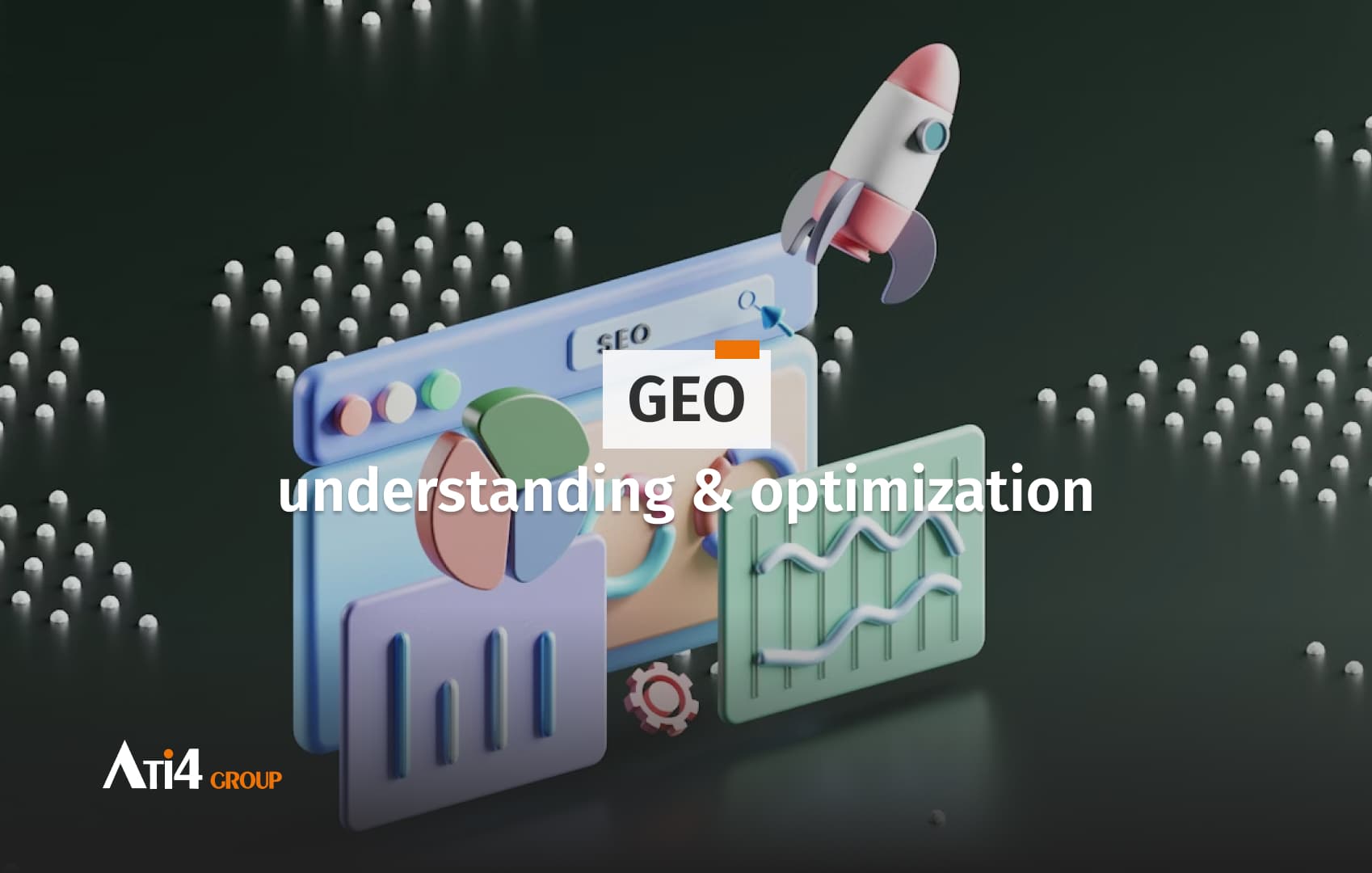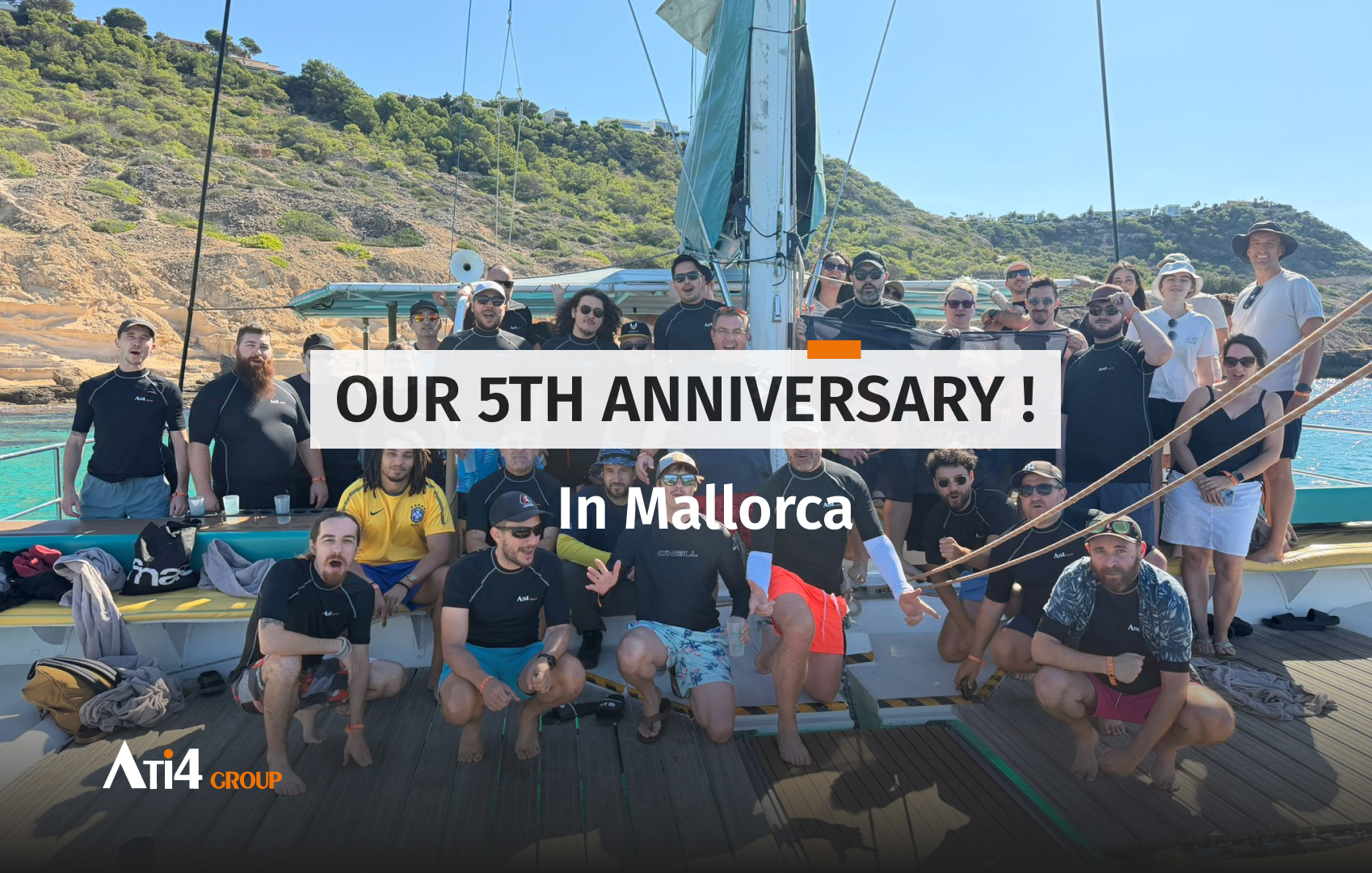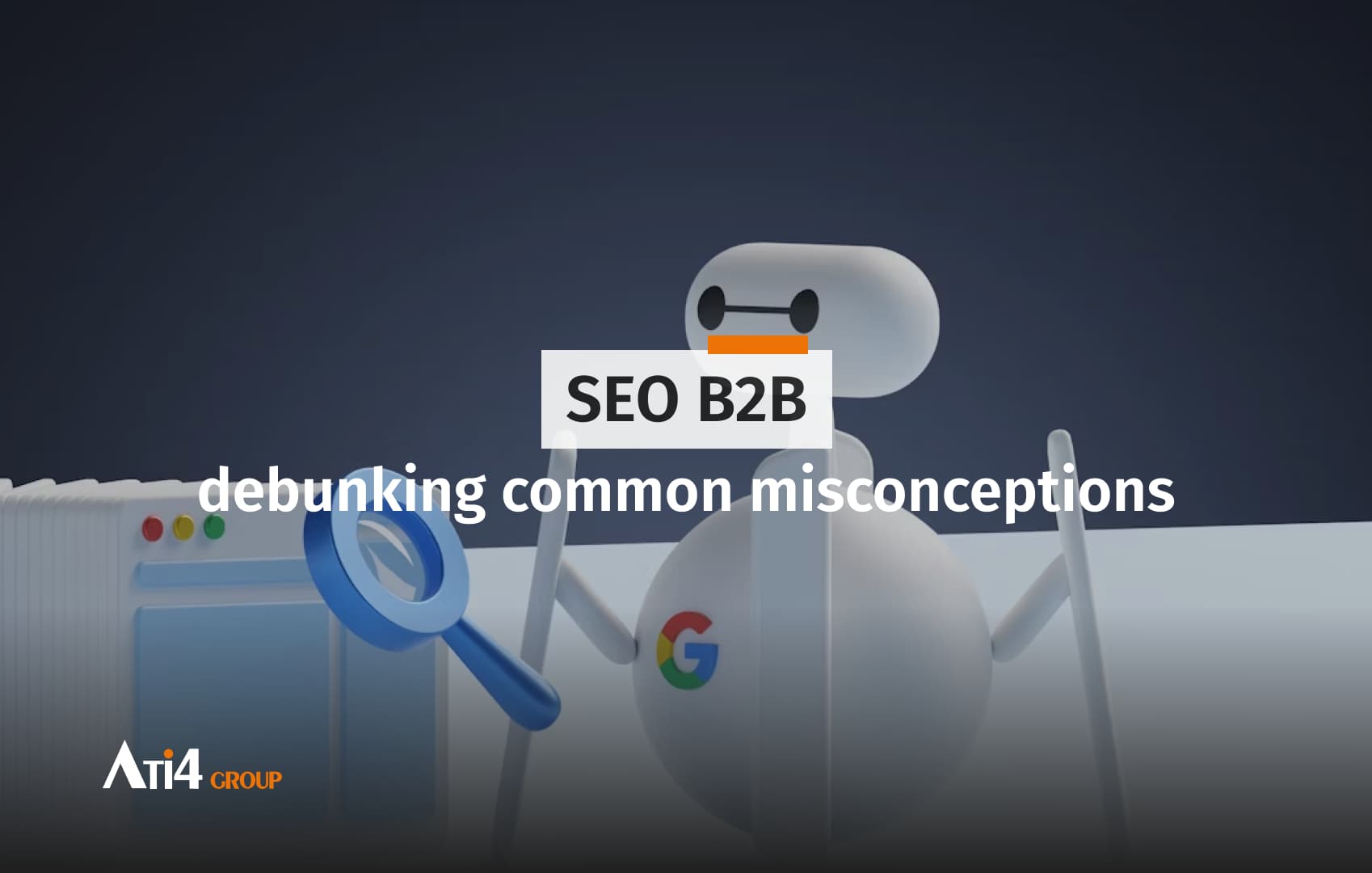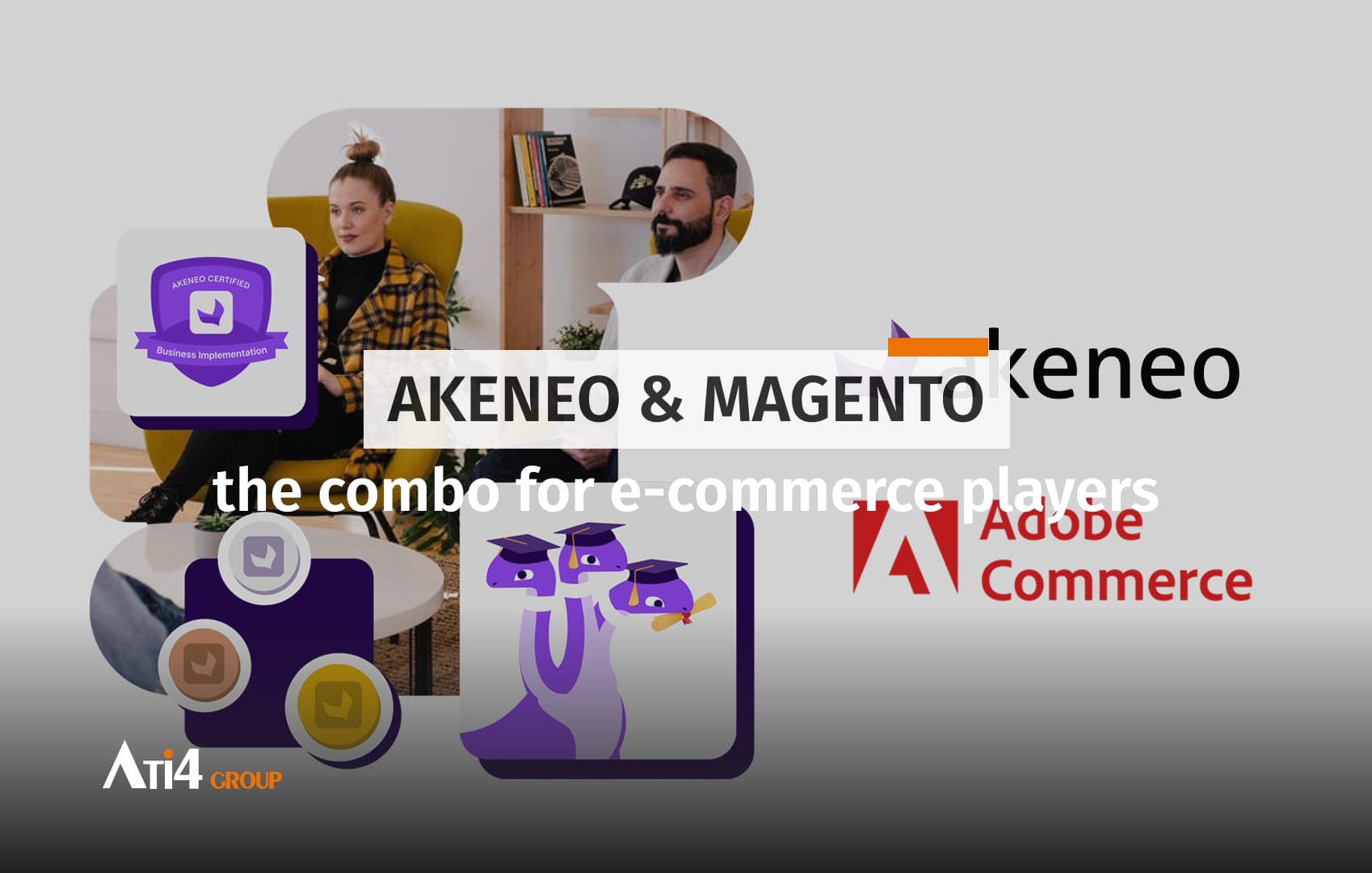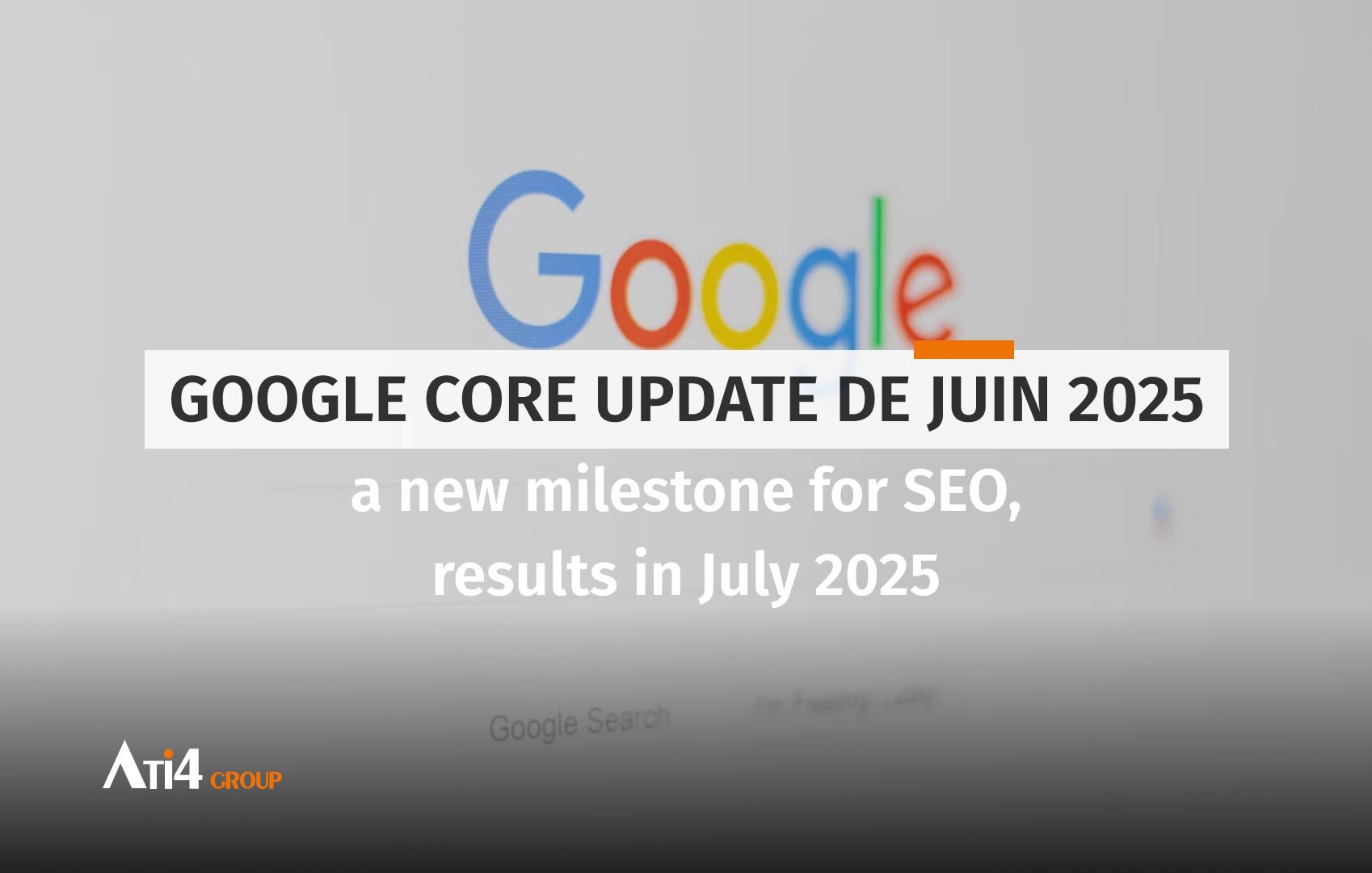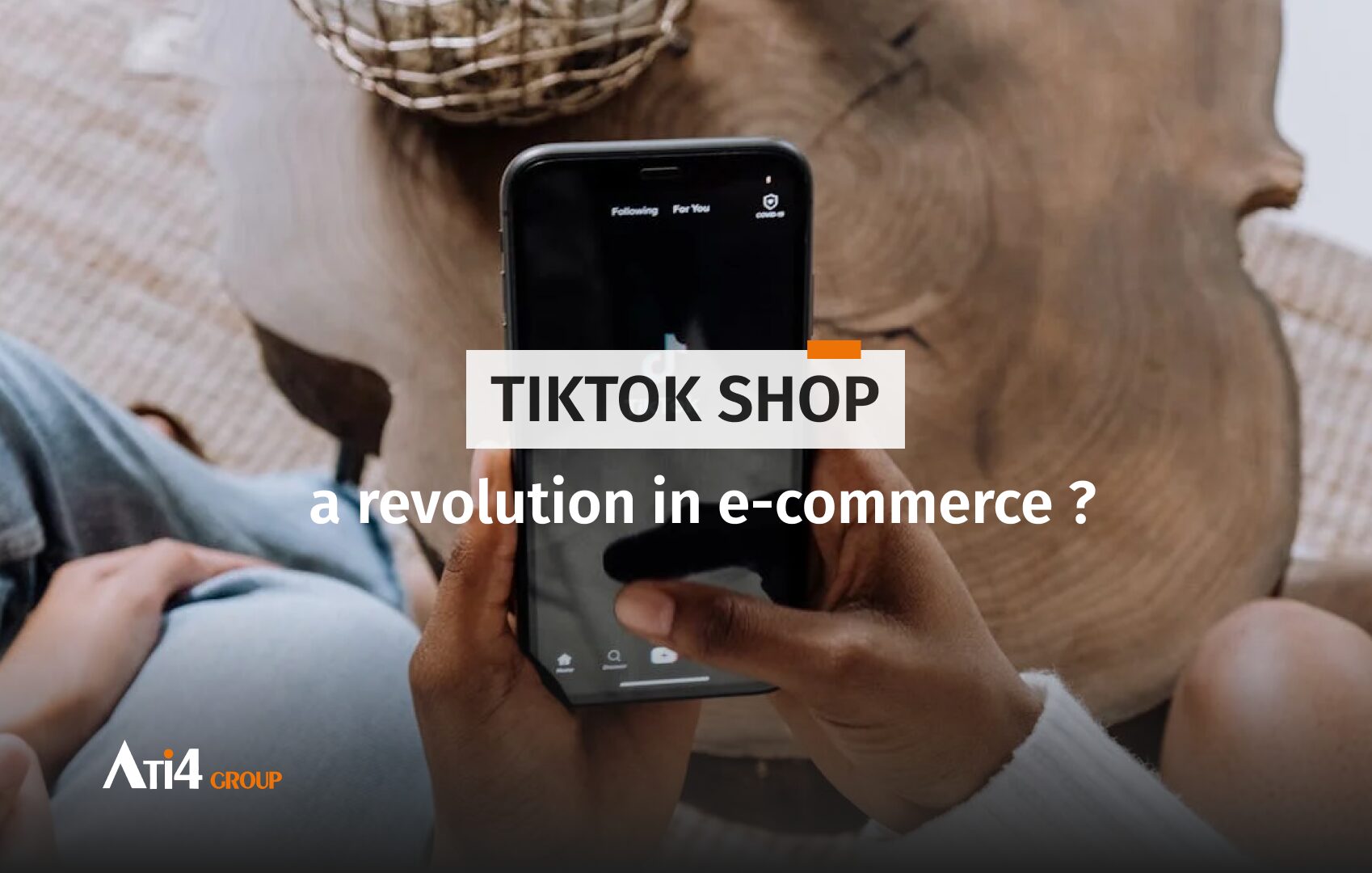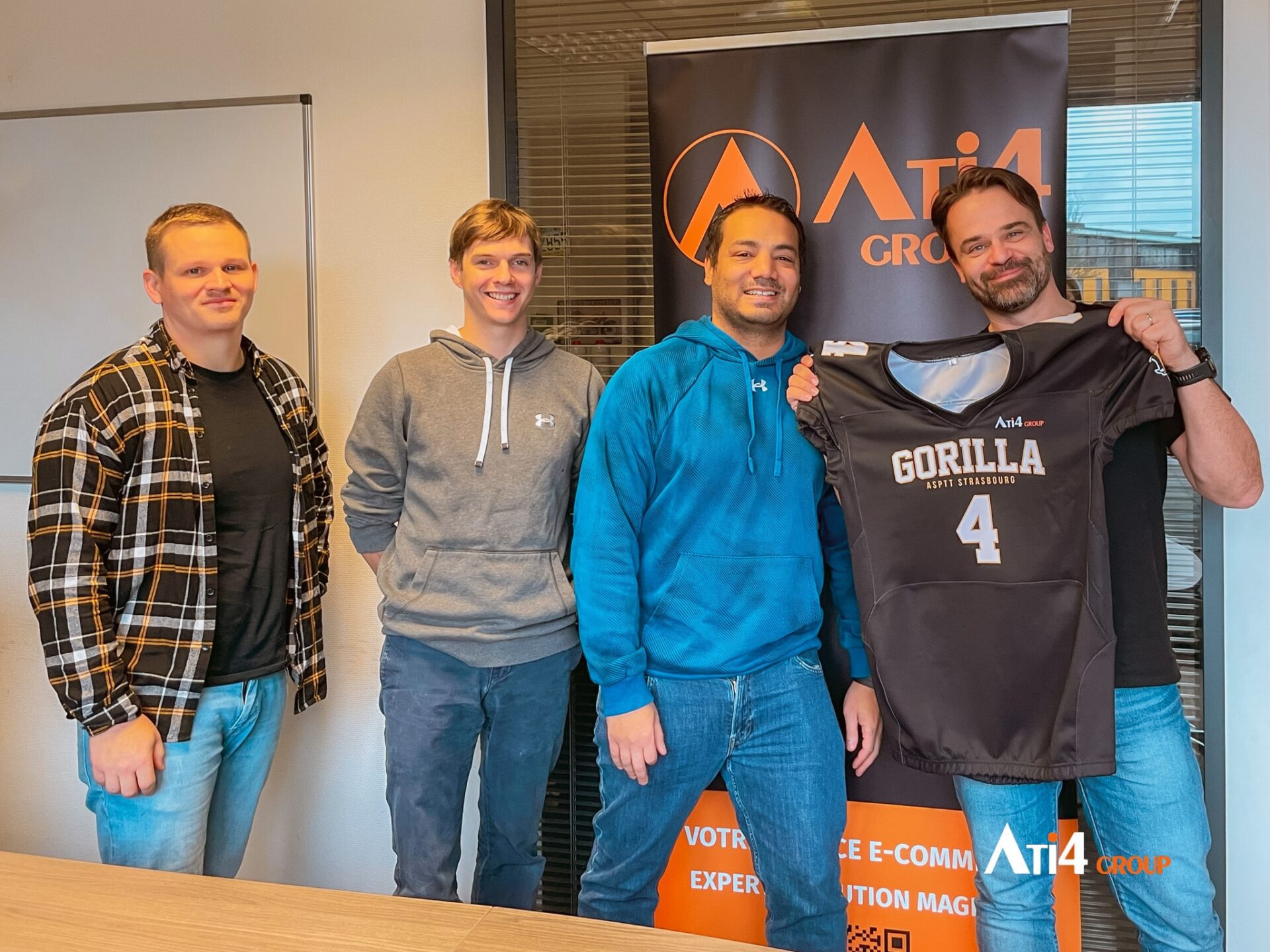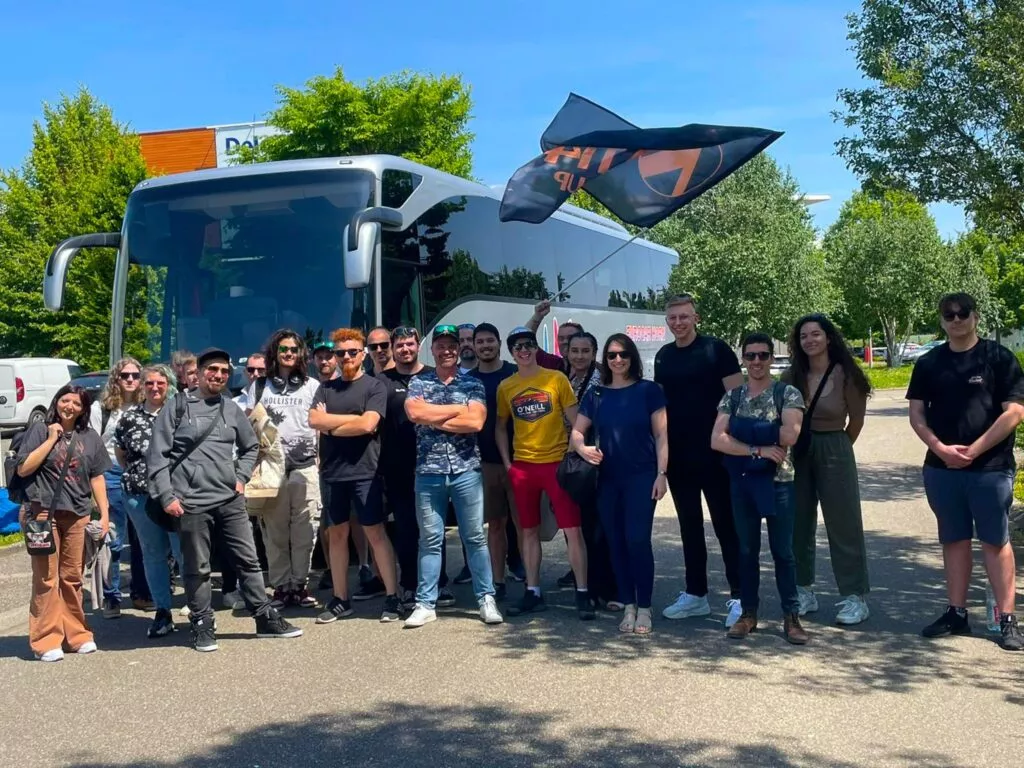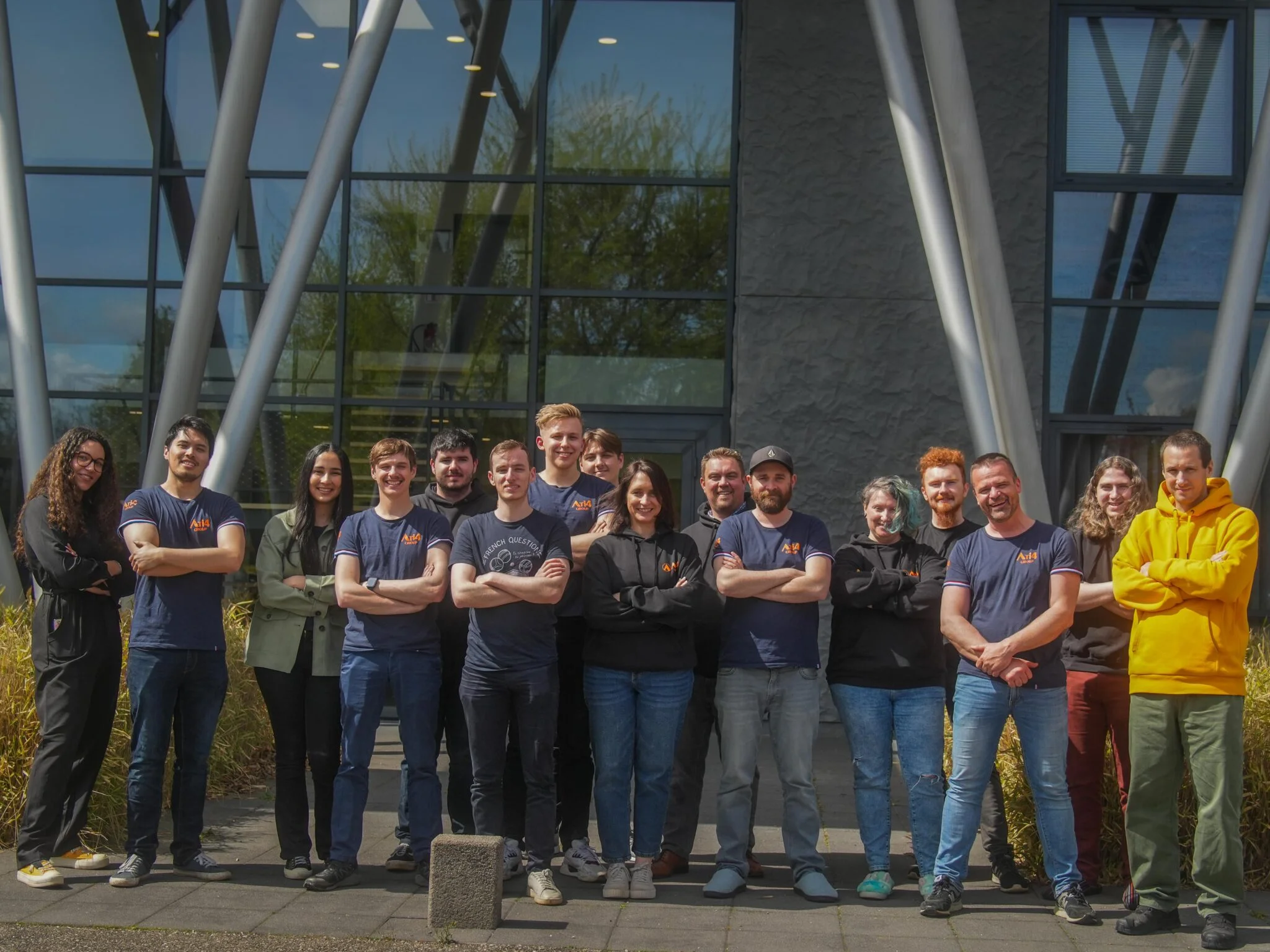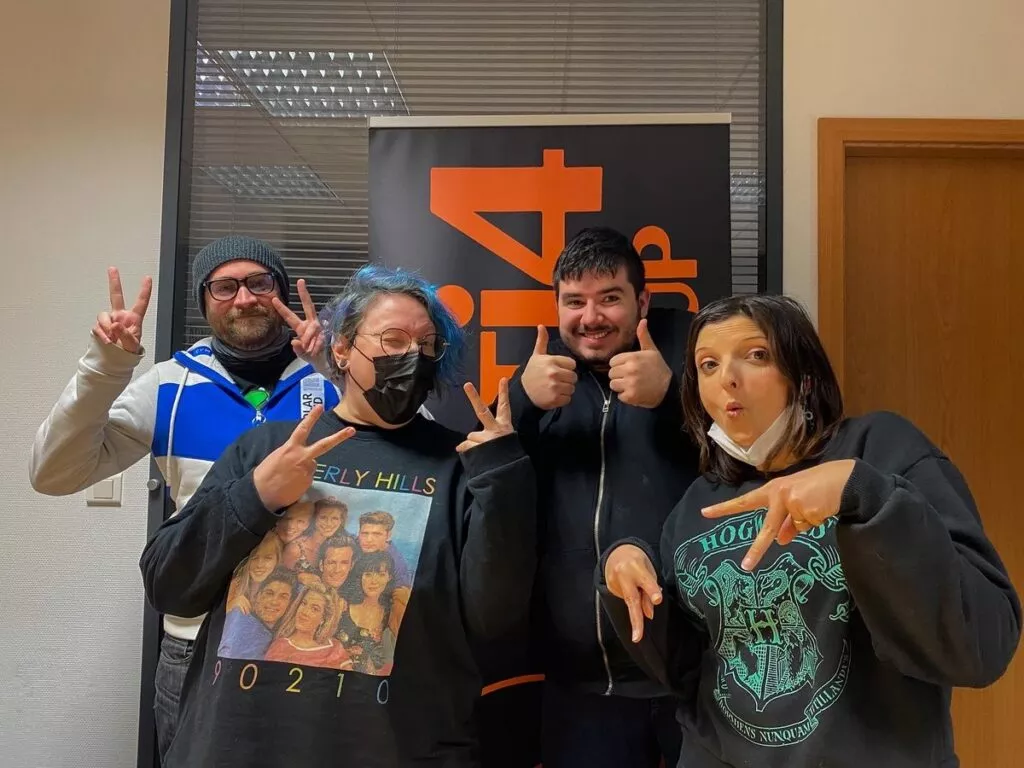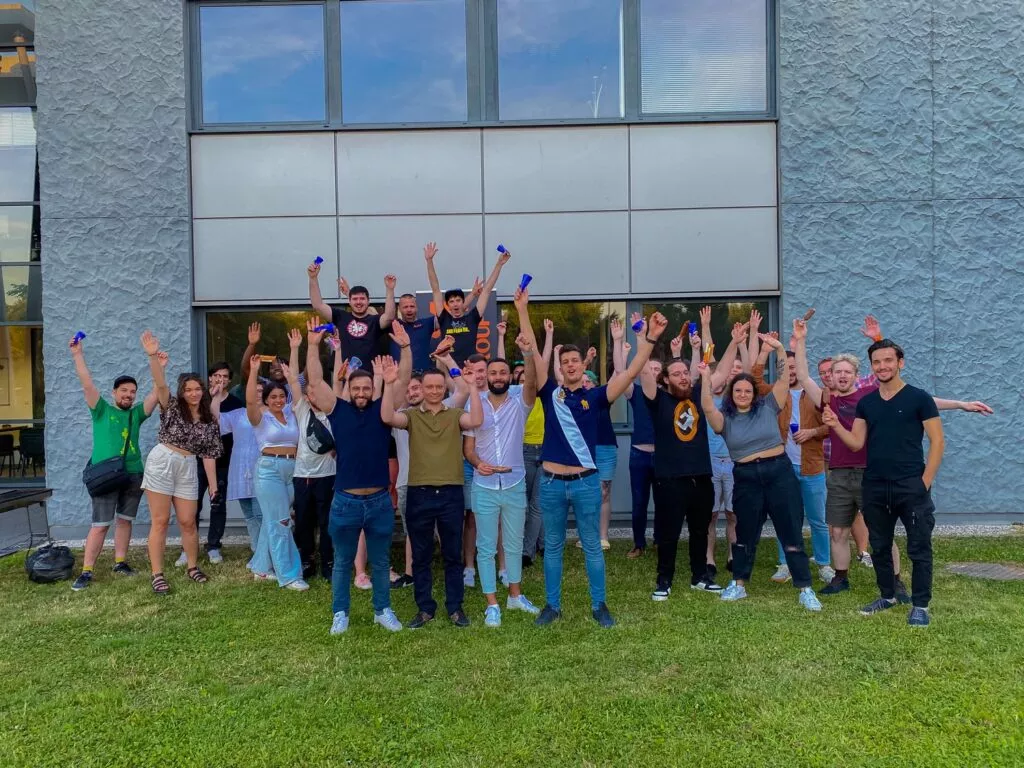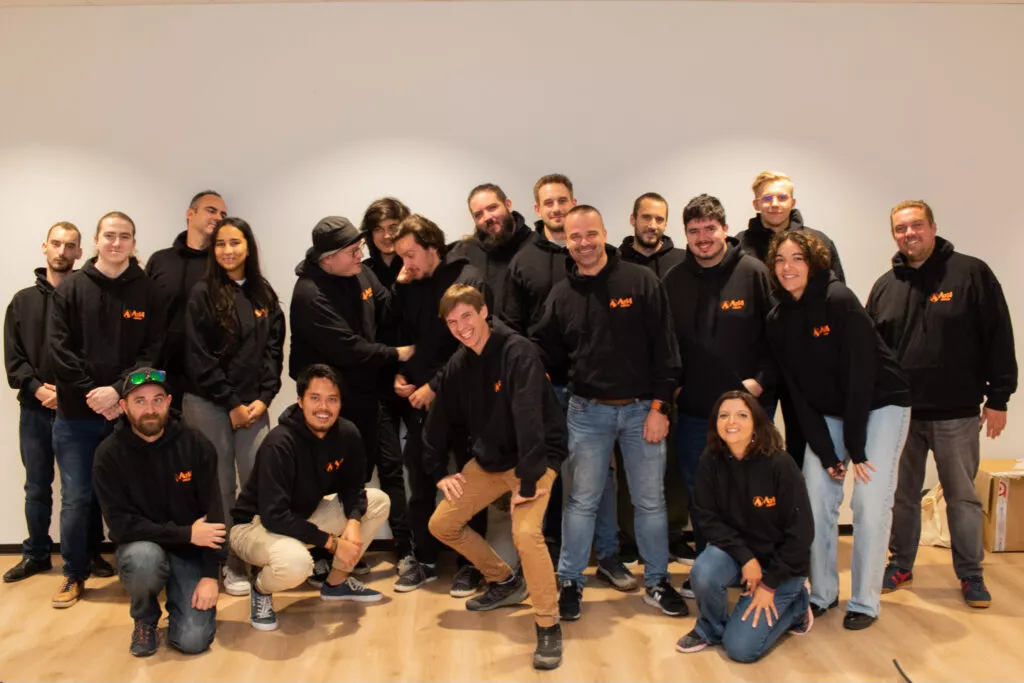Long-tail keywords: The SEO strategy that really converts.

In the competitive world of organic search, aiming for the top spots on Google can seem like an unattainable holy grail. And for good reason: the most searched keywords are also the most competitive.
“Shoes“, “designer furniture“, “web agency“… these are all queries dominated by web giants with massive budgets and overwhelming SEO authority.
But if aiming for the moon seems unrealistic, there is a far more strategic, more precise, and above all, much more profitable long-term approach: that of long-tail keywords.
Understanding the long-tail logic
A long-tail keyword is a query made up of three words or more, generally very specific, and reflects a clear intent from the user. While a generic query attracts a broad but unqualified audience, the long tail targets a visitor who knows exactly what they are looking for. This type of query often generates less overall traffic, but traffic of much higher quality.
Let’s take a concrete example. A user typing “shoes” into Google may be in the exploration phase, with no real intent to purchase. In contrast, someone entering “waterproof black women’s trail running shoes” knows exactly what they want. They are just a few clicks away from pulling out their credit card. By capturing this type of audience, you maximize your conversion rate, reduce your bounce rate, and mechanically improve your SEO performance.
A more sustainable and realistic SEO strategy
Adopting a strategy focused on long-tail keywords also means choosing a long-term SEO strategy. Rather than immediately aiming for top spots on ultra-competitive queries, you begin by building a solid foundation, capable of generating qualified traffic without directly confronting the market giants.
This strategy allows you to position yourself more easily on specific expressions, less exploited, but just as relevant. Thanks to these lexical niches, you improve your rankings, gain credibility with Google, and prepare the ground to one day rank on more ambitious keywords.
Unlike obvious keywords, long-tail terms don’t stand out at first glance. They require real marketing thinking and a solid understanding of your audience. Fortunately, several simple methods allow you to uncover them.
Start by using Google itself. When you type a main keyword into the search bar, Google automatically suggests complementary terms: these are real searches made by users. At the bottom of the page, you’ll also find related searches: a source of valuable, free, and often highly relevant ideas.
Professional tools like Semrush or Ubersuggest let you go further. They show you, for each keyword, the monthly search volume, ranking difficulty, and semantic variations. And by cross-referencing this data with your audience’s specific needs, you build a tailor-made SEO strategy rooted in real user behavior.
Capturing search intent to better convert
What makes long-tail keywords so powerful is their ability to reveal the user’s real intent. And this is where SEO meets conversion strategy. Someone searching for “CRM software comparison for SMEs 2024” is in the decision-making phase. They’re looking for concrete information, proof, support. If you have the right page with the right content, you become their obvious solution.
By targeting these precise queries, you address an audience in an active phase. Not only do you attract qualified visitors, but you meet them at the right moment in their buying journey. The content you offer is no longer just informative: it becomes strategic.
Once your long-tail keywords are identified, you still need to know how to use them effectively. The idea is not to stuff them into your texts, but to integrate them naturally and strategically. Always start by placing your main keyword in your page title, then in the first paragraph. Use it in your H2 and H3 tags, and in your content descriptions. Google must immediately understand what it’s about, but without detecting keyword “stuffing”.
The structure of the article itself should be designed to match the search intent. A good structure might include a contextualized introduction, a list of options or tips, a comparison table, relevant FAQs, and a conclusion with a call to action. Every section should deliver value, clarity, and naturally guide the user toward your product or offer.
It’s this coherence between the query, the content, and the user experience that makes long-tail SEO so powerful. You build more stable organic growth, more consistent, and above all more profitable. You avoid empty “buzz” effects in favor of targeted, lasting traffic that converts. Click-through rates are generally higher, bounce rates lower, and average session durations longer.
Another advantage: this strategy also strengthens your internal linking. With multiple pieces of content based on long-tail queries, you can logically and coherently link them together. This improves both the user experience and your site’s readability for search engines.
What we implement at ATI4 Group
Our e-commerce expertise fits into a global digital vision. When we support our clients in the creation or redesign of their e-commerce platforms, we don’t just think about design or usability. Every decision we make, from site architecture to user journey, is designed in close alignment with a solid and sustainable SEO strategy. Because for an e-commerce site to be truly effective, it must be visible, well-ranked, and able to attract qualified traffic.
Our SEO approach is based on alignment between business goals, the content provided, and user expectations. And that’s exactly where the long tail becomes a formidable lever: it allows you to capture prospects where they are, with specific queries often revealing a concrete need or a well-defined purchase intent. It’s an SEO strategy designed for performance — but especially for conversion.
In a saturated digital world, it’s no longer enough to grab attention. You must capture it, retain it, and convert it. Long-tail keywords may not generate the most clicks. But they are the ones that turn a search into a result. Small keywords, big results.
They form the foundation of modern, realistic, agile SEO — capable of adapting to your resources as well as your ambitions. By betting on them, you build a powerful, differentiating strategy, perfectly aligned with the expectations of your future clients.
Ready to activate your SEO ?
Découvrez les actus de l’entreprise.
Parce que mêler plaisir, partage et travail est au cœur de notre philosophie, nous prenons toujours soin de joindre l’utile à l’agréable..



